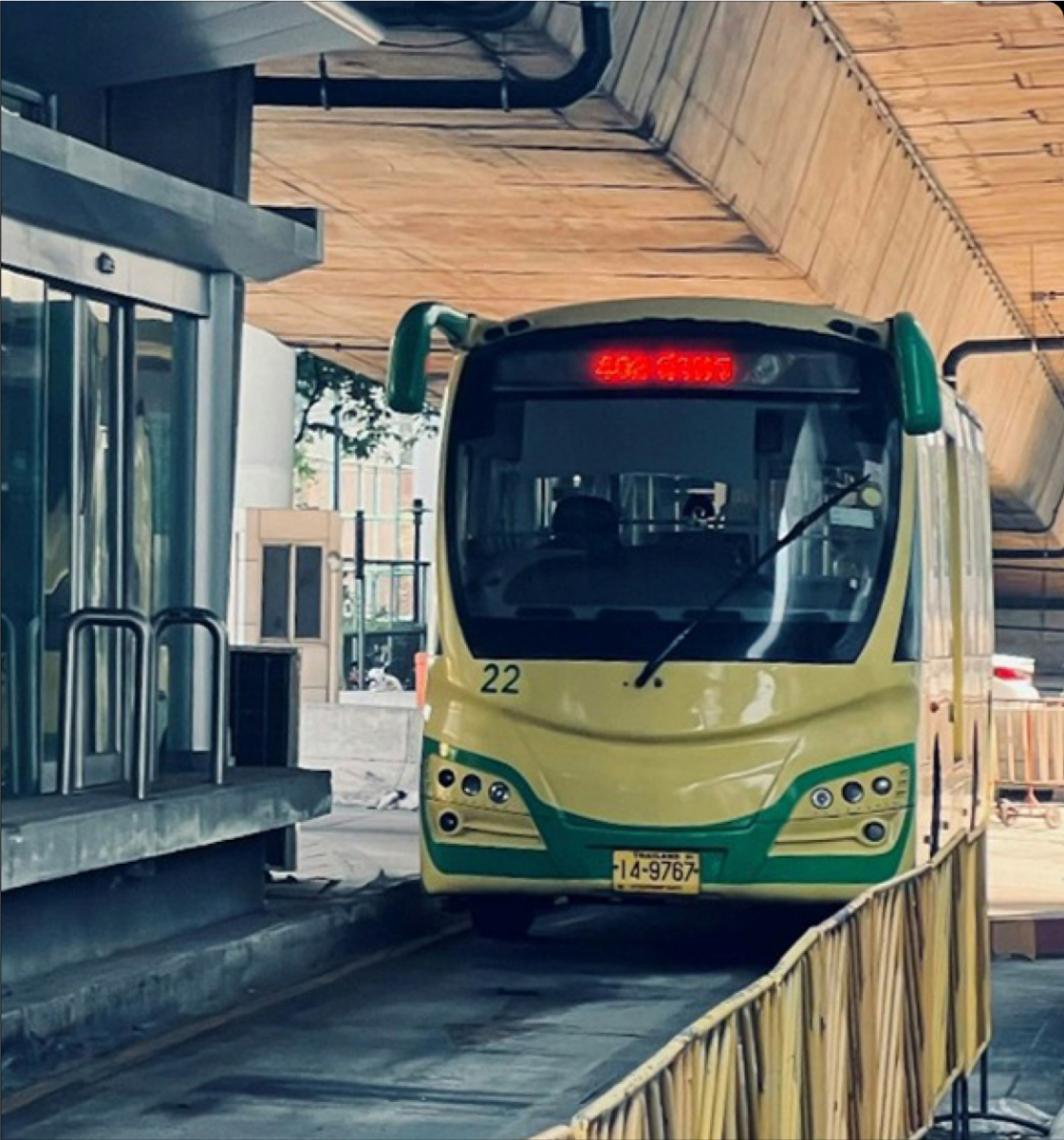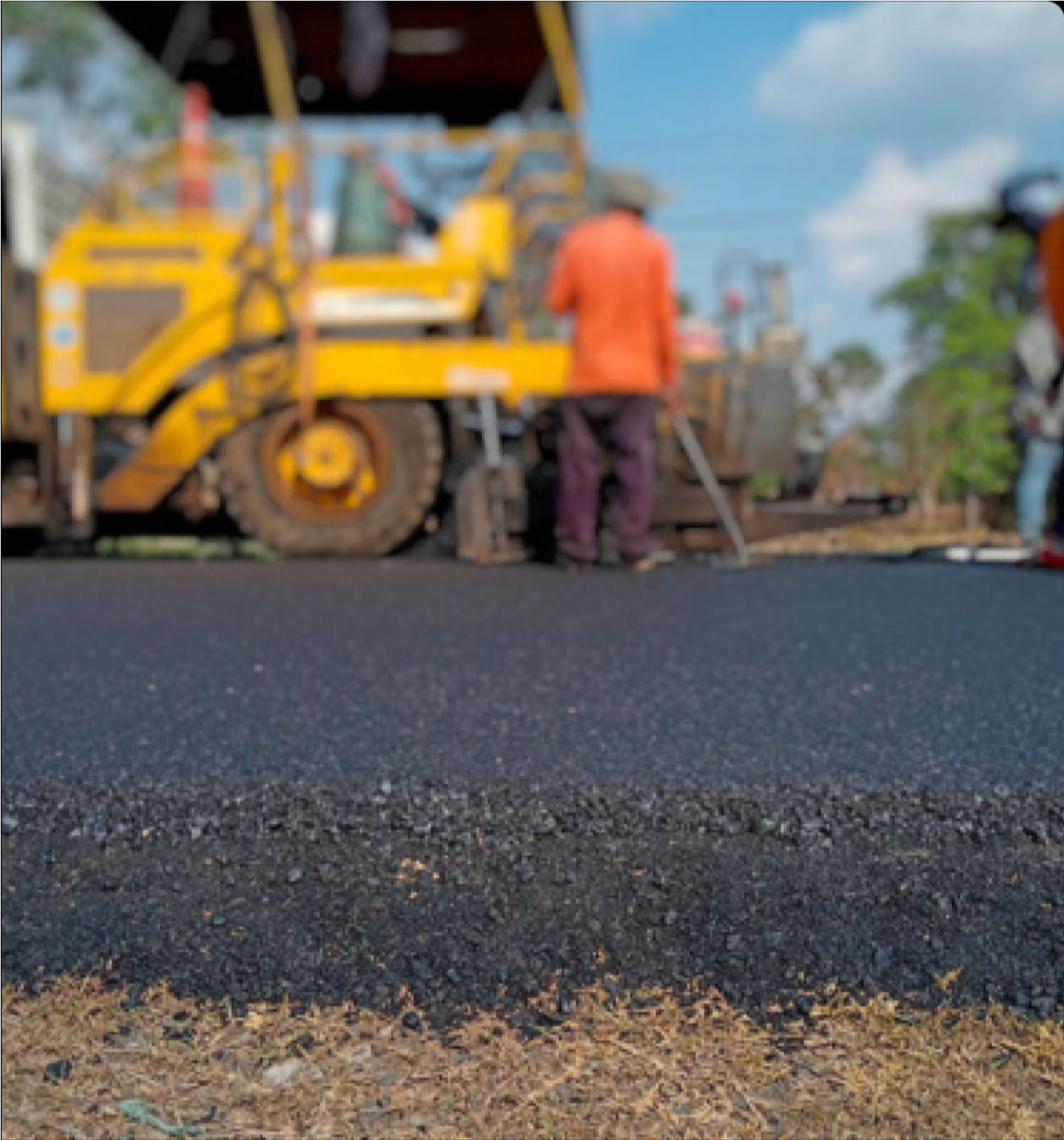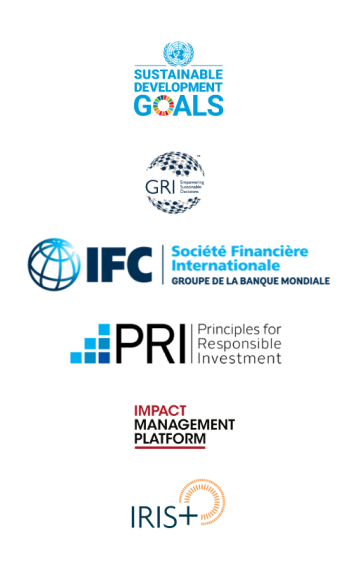

1.
Measuring carbon footprint
2.
Setting of reduction goals
3.
4.
Implementation of measures
5.
Monitoring progress


At AMC we focus on infrastructure, which we believe is the foundation for economic development, social advancement, and the climate transition. Our positioning enables us to unlock public and private sector capital and invest in African economies to drive transformational impact whilst delivering risk-adjusted financial returns to our investors, which in turn encourages further investment.
Our activities in catalysing investment into critical infrastructure contribute to job creation and economic growth, bring about valuable opportunities for skills development and capacity building and afford people access to products and services which would not previously have been available to them, thereby improving their overall quality of life.
In the African context, the expansion of relevant, high quality, core infrastructure enables the building of strong national and regional economies and societies, boosts economic integration, improves livelihoods, and should enable African economies to be globally competitive, all being outcomes that AMC intends to play an integral role in achieving. When AMC invests in a project, we aim to generate positive effects on the local economy over and above the sector-specific outcomes of the individual project.
As a result, all our projects contribute to our goal of supporting the sustainable growth of African economies through job creation, contribution to government revenue, and combating climate change.

1.
Measuring carbon footprint
2.
Setting of reduction goals
3.
4.
Implementation of measures
5.
Monitoring progress
At AMC we focus on infrastructure, which we believe is the foundation for economic development, social advancement, and the climate transition. Our positioning enables us to unlock public and private sector capital and invest in African economies to drive transformational impact whilst delivering risk-adjusted financial returns to our investors, which in turn encourages further investment.
Our activities in catalysing investment into critical infrastructure contribute to job creation and economic growth, bring about valuable opportunities for skills development and capacity building and afford people access to products and services which would not previously have been available to them, thereby improving their overall quality of life.
In the African context, the expansion of relevant, high quality, core infrastructure enables the building of strong national and regional economies and societies, boosts economic integration, improves livelihoods, and should enable African economies to be globally competitive, all being outcomes that AMC intends to play an integral role in achieving. When AMC invests in a project, we aim to generate positive effects on the local economy over and above the sector-specific outcomes of the individual project.
As a result, all our projects contribute to our goal of supporting the sustainable growth of African economies through job creation, contribution to government revenue, and combating climate change.


1.
Measuring carbon footprint
2.
Setting of reduction goals
3.
Definition of measures
4.
Implementation of measures
5.
Monitoring progress


At AMC we focus on infrastructure, which we believe is the foundation for economic development, social advancement, and the climate transition. Our positioning enables us to unlock public and private sector capital and invest in African economies to drive transformational impact whilst delivering risk-adjusted financial returns to our investors, which in turn encourages further investment.
Our activities in catalysing investment into critical infrastructure contribute to job creation and economic growth, bring about valuable opportunities for skills development and capacity building and afford people access to products and services which would not previously have been available to them, thereby improving their overall quality of life.
In the African context, the expansion of relevant, high quality, core infrastructure enables the building of strong national and regional economies and societies, boosts economic integration, improves livelihoods, and should enable African economies to be globally competitive, all being outcomes that AMC intends to play an integral role in achieving. When AMC invests in a project, we aim to generate positive effects on the local economy over and above the sector-specific outcomes of the individual project.
As a result, all our projects contribute to our goal of supporting the sustainable growth of African economies through job creation, contribution to government revenue, and combating climate change.



Contact
Follow Us
Contact
Resources
FAQ
Terms & Conditions
Privacy Policy
Follow Us